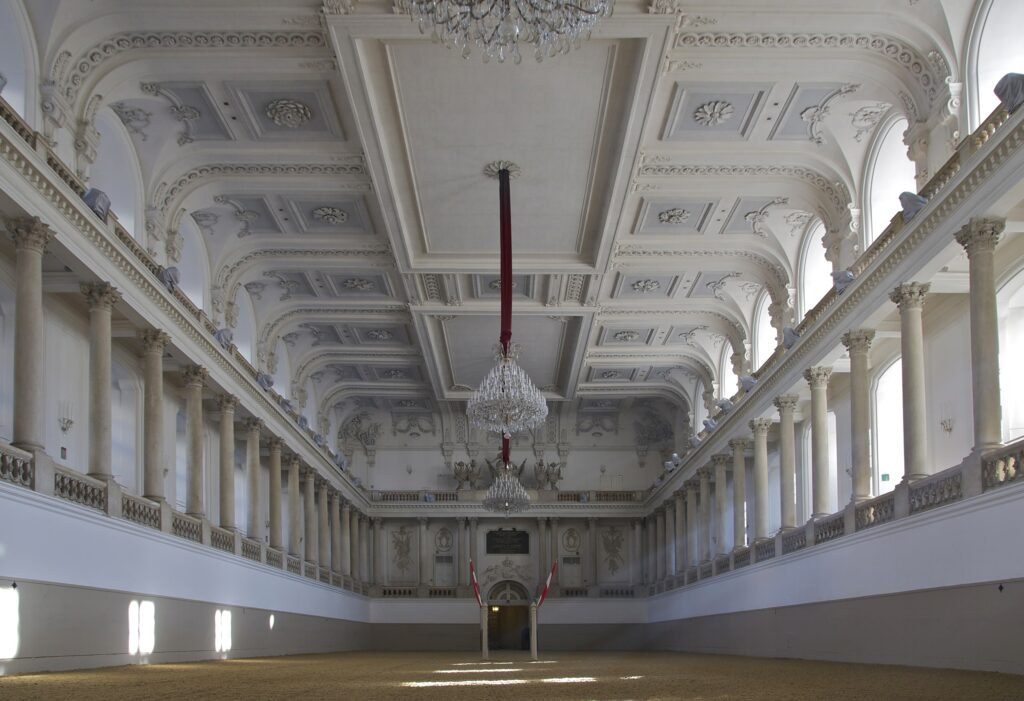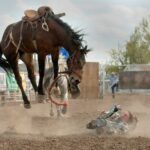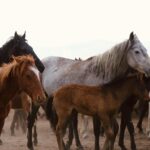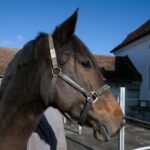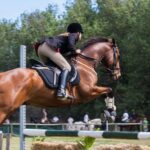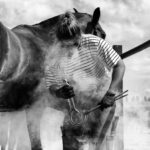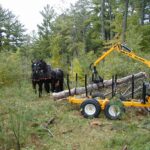In the heart of Vienna, Austria, stands one of the world’s most prestigious equestrian institutions – the Spanish Riding School. For over 450 years, this remarkable establishment has preserved the art of classical horsemanship, showcasing the exceptional harmony between horse and rider through performances that combine athleticism, grace, and historical tradition. The school’s distinctive Lipizzaner stallions, with their gleaming white coats and precise movements, have captivated audiences from around the globe. But how did this Austrian institution come to be known as the “Spanish” Riding School? The fascinating story involves Habsburg royalty, Renaissance horse culture, and centuries of dedicated preservation that have allowed this living cultural heritage to survive into the modern era.
Habsburg Royal Ambitions and Spanish Influence
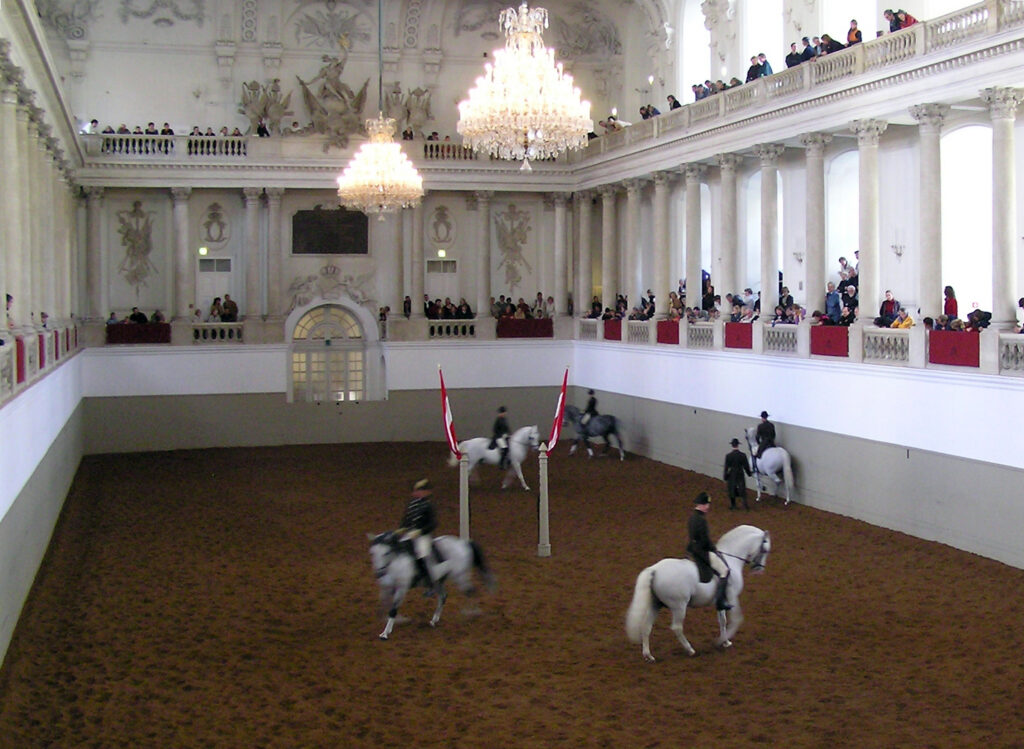
The Spanish Riding School’s origins trace back to the powerful Habsburg dynasty that ruled over large portions of Europe for centuries. In 1562, Emperor Maximilian II imported Spanish horses to Austria, establishing the foundation for what would eventually become the Spanish Riding School. The Habsburgs admired the refined Spanish horses, particularly those from the Iberian Peninsula, which were considered the finest in Renaissance Europe. These horses were prized for their strength, intelligence, and natural ability to perform the elevated movements that would later become integral to classical dressage. The “Spanish” in the school’s name acknowledges this Iberian influence and the initial breeding stock that formed the cornerstone of the institution, reflecting a time when Spanish equestrian culture represented the height of sophistication in Europe.
The Renaissance Riding Revolution
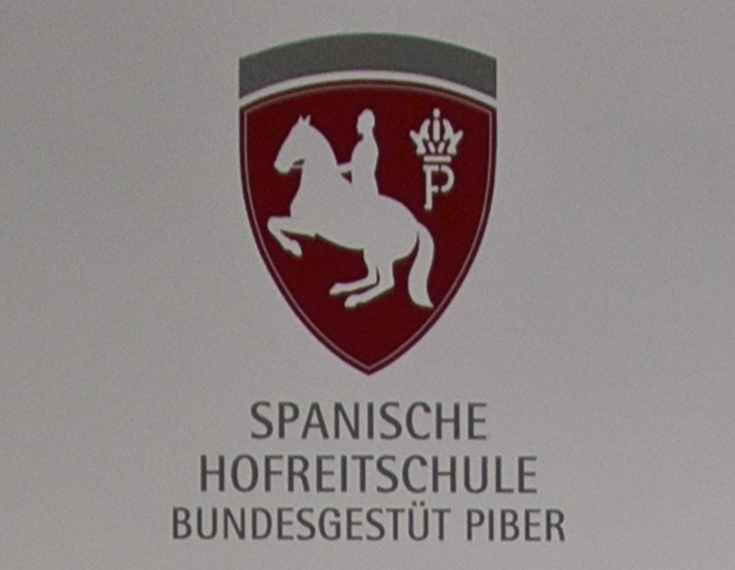
The Spanish Riding School emerged during a transformation in European horsemanship during the Renaissance period. Moving away from medieval riding techniques focused primarily on warfare, Renaissance equestrian arts emphasized harmony, precision, and the intellectual partnership between horse and rider. This new approach was captured in influential texts like Federico Grisone’s “Gli Ordini di Cavalcare” (1550) and Antoine de Pluvinel’s “L’Instruction du Roy en l’Exercice de Monter à Cheval” (1625), which codified many principles still practiced at the school today. The Spanish horses imported by the Habsburgs were particularly suited to these refined techniques, capable of performing the collected movements and “airs above the ground” that demonstrated both horse and rider’s exceptional training. This renaissance in riding philosophy established the foundation for the systematic training approach that would become the school’s hallmark for centuries to come.
Emperor Charles VI and the Winter Riding School
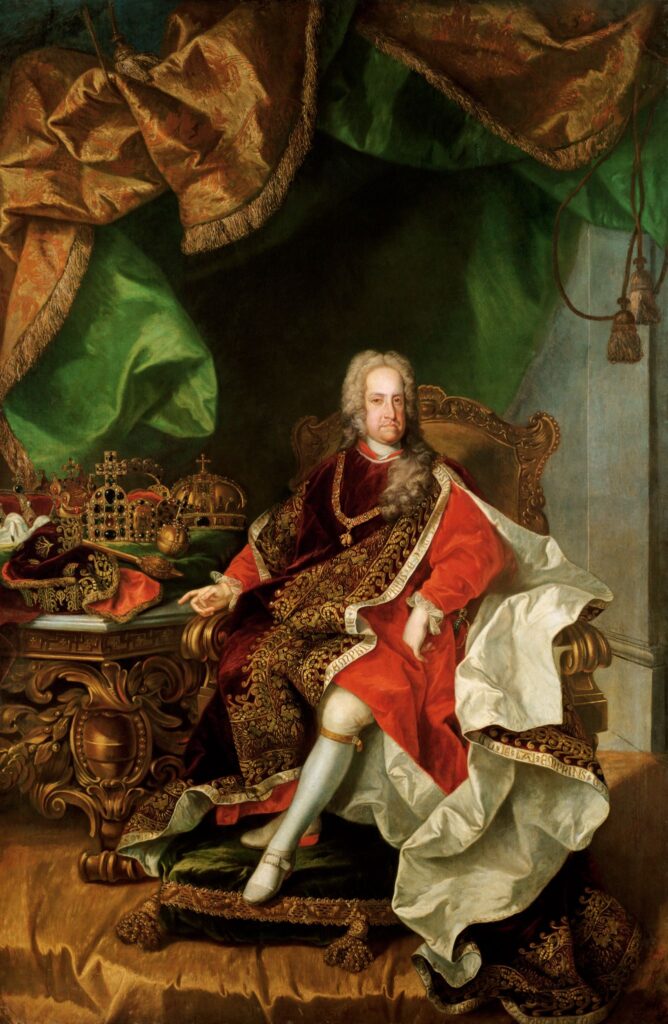
A pivotal moment in the institution’s history came during the reign of Emperor Charles VI, who commissioned the magnificent Winter Riding School building that still houses the Spanish Riding School today. Completed in 1735, this baroque masterpiece was designed by renowned architect Joseph Emanuel Fischer von Erlach and stands as one of Vienna’s architectural treasures. The bright, airy hall features crystal chandeliers, ornate columns, and two imperial viewing boxes, creating a setting of extraordinary elegance for equestrian performances. Charles VI was a passionate horseman who recognized the importance of creating a permanent home for the developing tradition of classical riding. The construction of this purpose-built riding hall demonstrated the Habsburg commitment to equestrian arts as both a practical skill for nobility and a cultural institution worthy of significant imperial investment.
The Birth of the Lipizzaner Breed
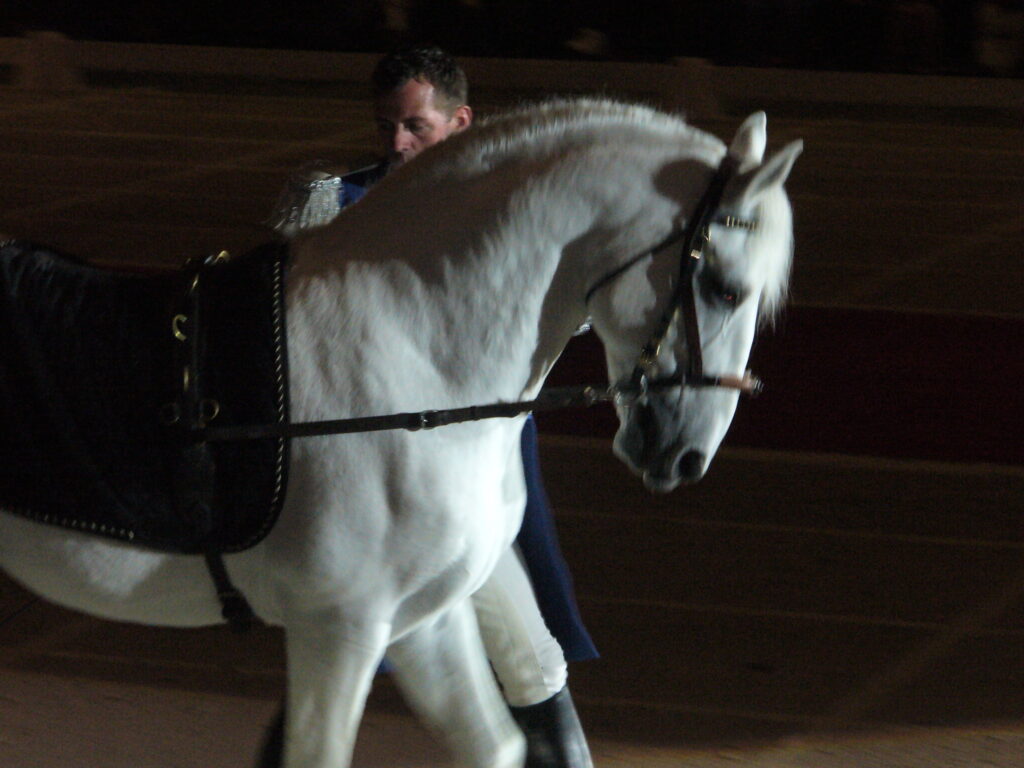
While Spanish horses formed the school’s initial foundation, the institution is now inseparably linked with the Lipizzaner breed, which was developed specifically for this style of riding. In 1580, Archduke Charles II established a stud farm at Lipizza (now Lipica in Slovenia) to develop a horse perfectly suited to the demands of the haute école (high school) movements. The breed was created by crossing Spanish, Arabian, and Barb horses with native Karst stock, resulting in horses with the strength, intelligence, and temperament needed for classical dressage. Lipizzaners are born dark in color and gradually lighten to their characteristic white coat over 6-10 years, symbolizing the patient development required in both horse and training methodology. This deliberate breeding program created a horse that could perform the demanding collected movements and spectacular airs above the ground while maintaining soundness and longevity, perfectly complementing the school’s methodical training system.
Formalization of the Training System
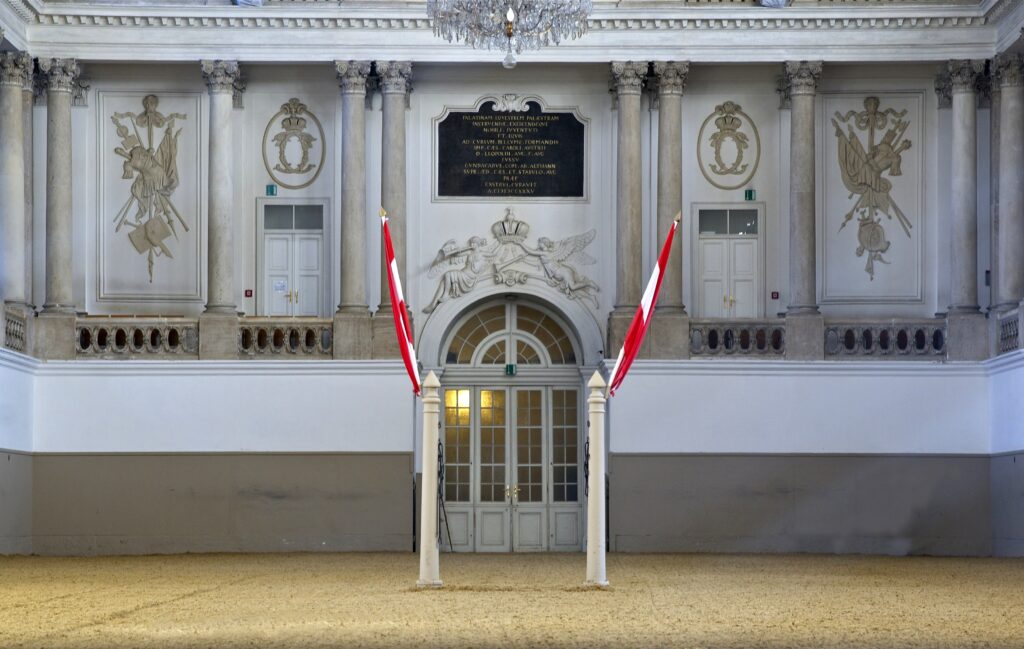
Throughout the 17th and 18th centuries, the Spanish Riding School gradually formalized its distinctive training system, which remains remarkably unchanged today. The methodology draws heavily from the teachings of François Robichon de la Guérinière, whose 1733 manual “École de Cavalerie” remains a cornerstone text in classical horsemanship. This systematic approach progresses through carefully sequenced exercises designed to develop the horse’s natural movements while building strength, balance, and responsiveness. Each stallion’s training takes approximately six years from initial backing to full haute école proficiency, reflecting the school’s commitment to patience and proper development. The preservation of this knowledge through centuries of political upheaval demonstrates an extraordinary commitment to cultural continuity, with techniques passed directly from one generation of riders to the next through rigorous apprenticeship.
The School’s Social and Political Function
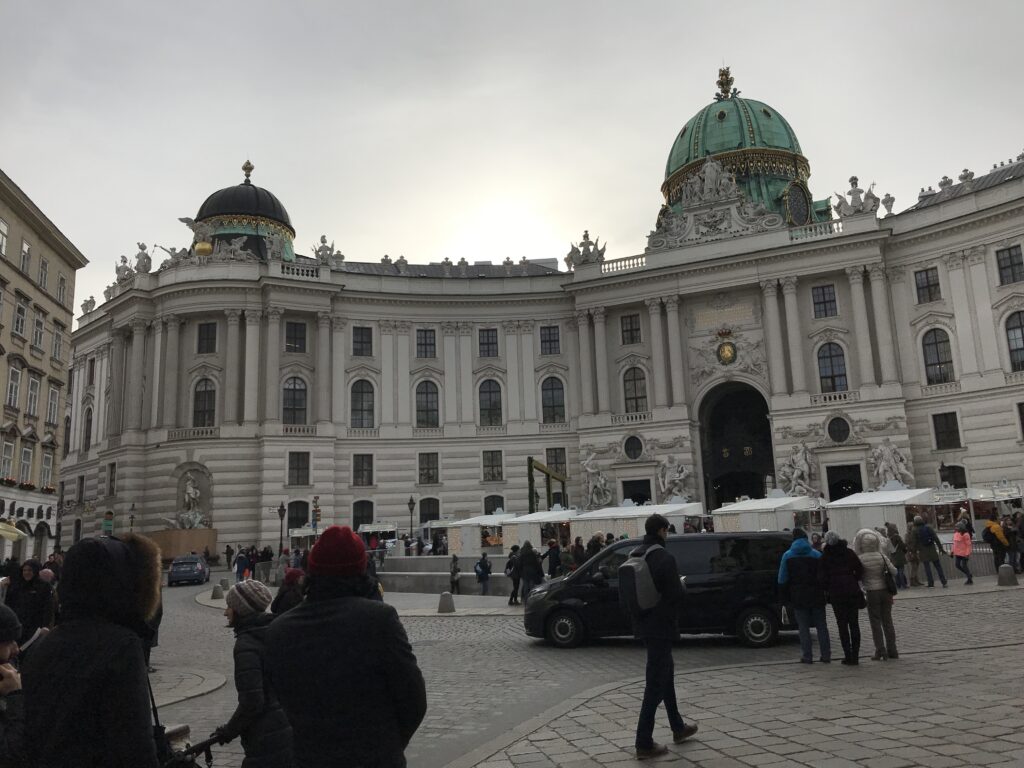
Beyond its equestrian significance, the Spanish Riding School served important social and political functions throughout Habsburg rule. Horsemanship was considered an essential skill for nobility and military officers, making the riding hall a center for aristocratic education and socialization. Public performances demonstrated Habsburg cultural refinement and imperial power to both citizens and foreign dignitaries. The school also maintained close connections to military horsemanship, with many of its riders coming from cavalry backgrounds even as the institution’s focus remained on artistic rather than martial skills. As a symbol of aristocratic tradition and cultural achievement, the Spanish Riding School reinforced Habsburg legitimacy and projected imperial prestige throughout Europe, functioning as a soft power instrument in the complex dynastic politics of the era.
Surviving the Napoleonic Wars
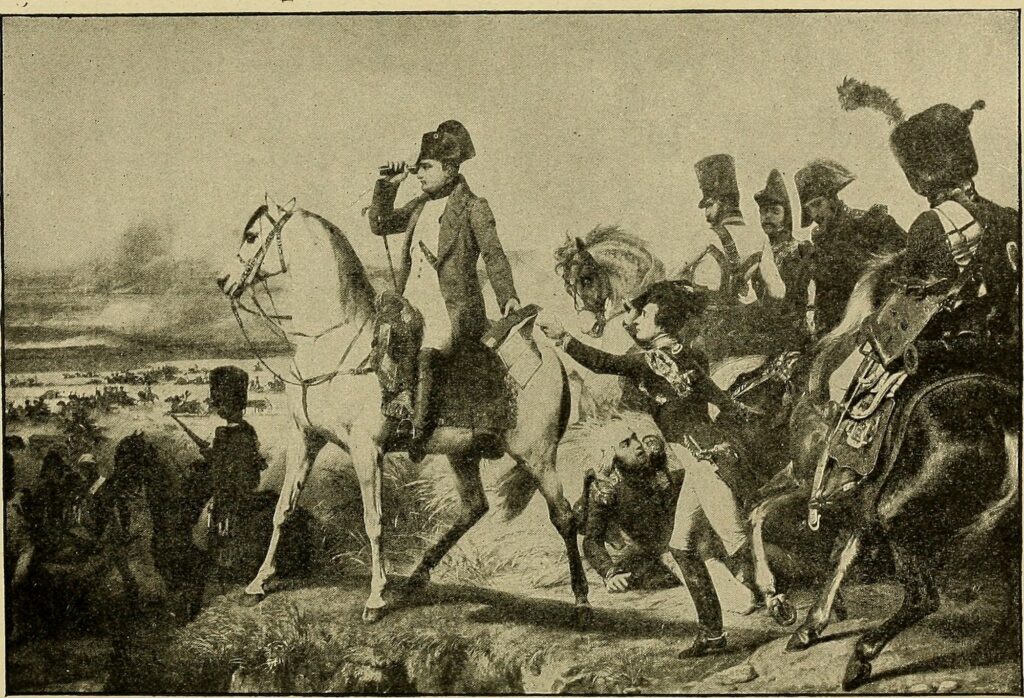
The Spanish Riding School faced one of its greatest challenges during the Napoleonic era, when French forces occupied Vienna in 1805 and 1809. During the second occupation, Napoleon’s troops used the Winter Riding School as a temporary barracks, threatening both the physical space and the institution’s continuity. In a remarkable act of cultural preservation, riding master Gottlieb Polak arranged for the evacuation of the precious Lipizzaner stallions to Hungary, protecting them from requisition by French forces. This period demonstrated the school’s resilience and the Austrian commitment to preserving this equestrian tradition even amid serious military and political threats. The successful protection of the stallions and eventual restoration of the school’s activities after Napoleon’s defeat represented an important cultural victory for the Habsburg dynasty during a time of extreme political volatility.
Transformation Following the Habsburg Fall
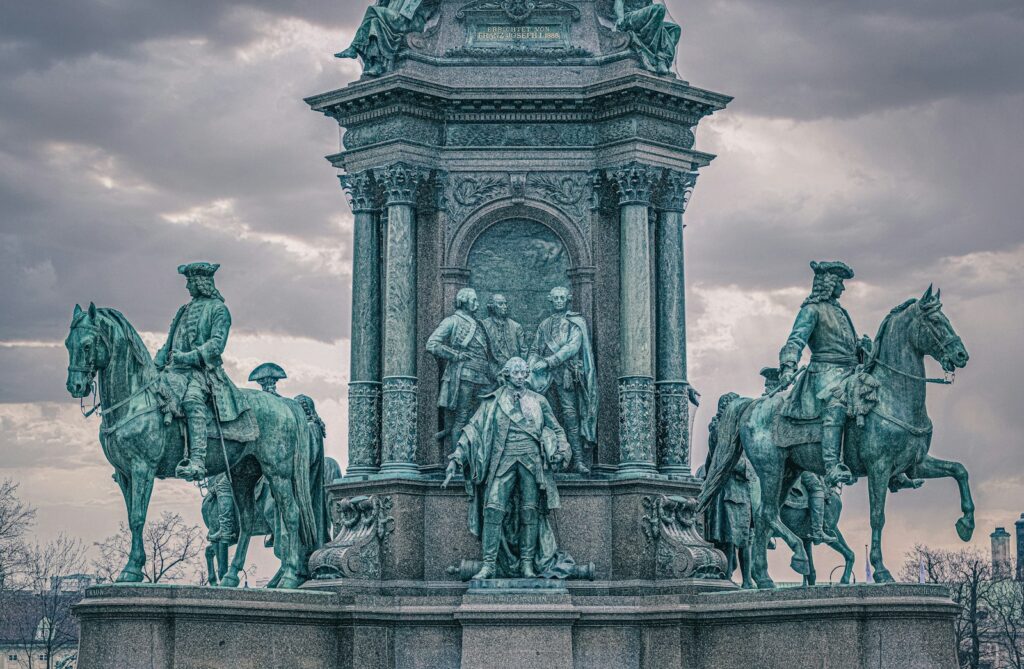
The collapse of the Habsburg Empire after World War I forced a dramatic transformation in the Spanish Riding School’s identity and governance. Following the dissolution of Austria-Hungary in 1918, the school transitioned from an imperial institution to a state-managed cultural heritage site in the new Austrian Republic. This period brought severe financial challenges as traditional funding sources disappeared and postwar economic conditions created widespread hardship. Despite these difficulties, dedicated riders and administrators worked to maintain the school’s traditions and preserve its unique heritage. The institution’s successful adaptation to republican governance demonstrated remarkable institutional flexibility, allowing the Spanish Riding School to survive the end of the imperial system that had created and sustained it for over three centuries.
Operation Cowboy: The American Rescue
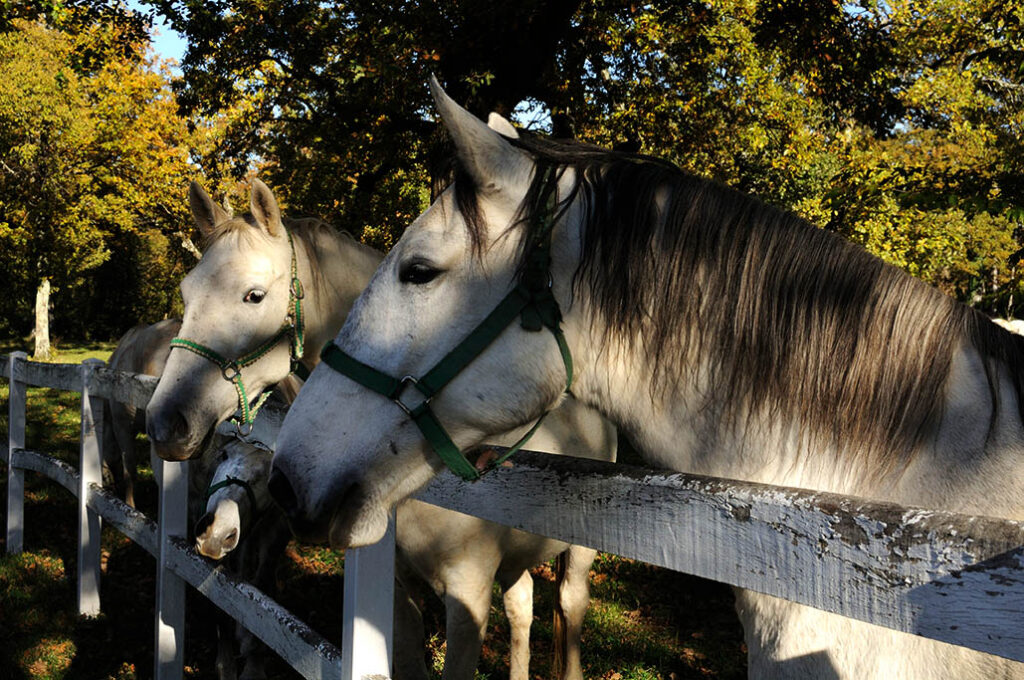
Perhaps the most dramatic chapter in the Spanish Riding School’s modern history occurred during the final days of World War II, when both the institution and the Lipizzaner breed faced existential danger. As Soviet forces advanced into Eastern Europe, the school’s breeding stock at Piber Stud had been evacuated to Hostau, Czechoslovakia, where they were at risk of capture or destruction. In a remarkable operation made famous by the 1963 Disney film “Miracle of the White Stallions,” U.S. Army Colonel Charles Reed and General George Patton authorized a mission to rescue these horses from behind enemy lines. On May 12, 1945, American forces secured the Lipizzaners and other valuable breeding stock, protecting them from both Soviet appropriation and the chaos of war’s end. This remarkable collaboration between former enemies—Austrian equestrians and American soldiers—ensured the survival of both the school and the distinct bloodlines necessary for its continuation.
UNESCO Recognition and Global Influence
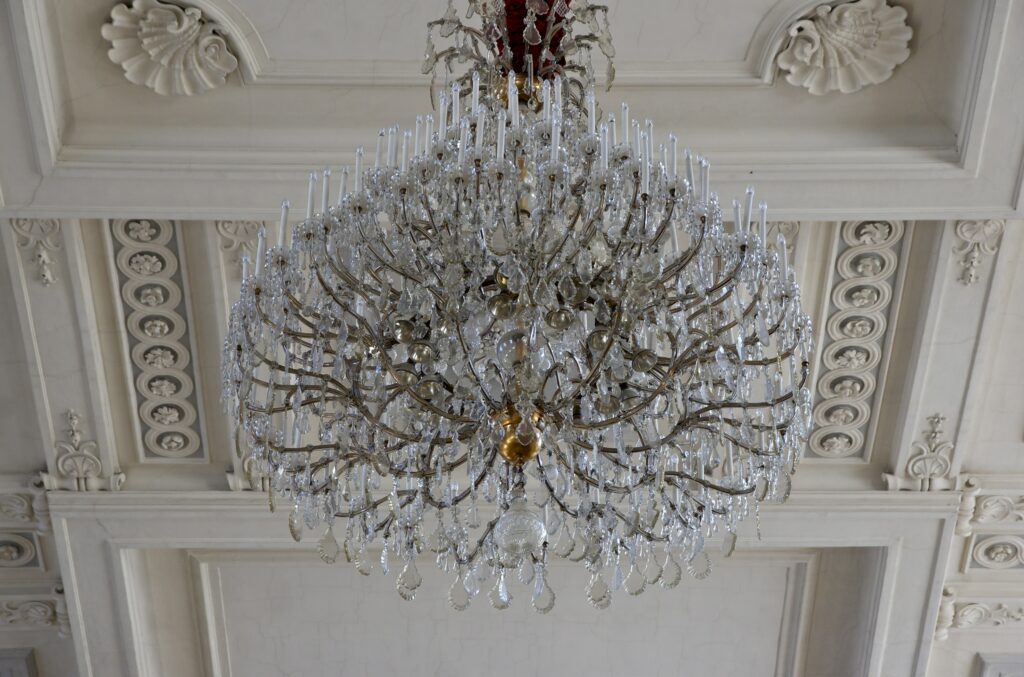
The Spanish Riding School’s cultural significance received global recognition in 2015 when UNESCO added the institution to its Representative List of the Intangible Cultural Heritage of Humanity. This prestigious designation acknowledged the school’s unique contribution to world heritage and its importance as a living tradition that has been continuously practiced for over four centuries. The UNESCO recognition has helped secure the school’s future by emphasizing its international cultural importance beyond Austria’s borders. Today, the Spanish Riding School maintains an active performance schedule, touring internationally and welcoming visitors from around the world to its historic Vienna location. Its influence extends far beyond Austria through publications, master classes, and the worldwide community of classical dressage practitioners who look to the school’s traditions as the gold standard in equestrian art.
The Modern Training Academy
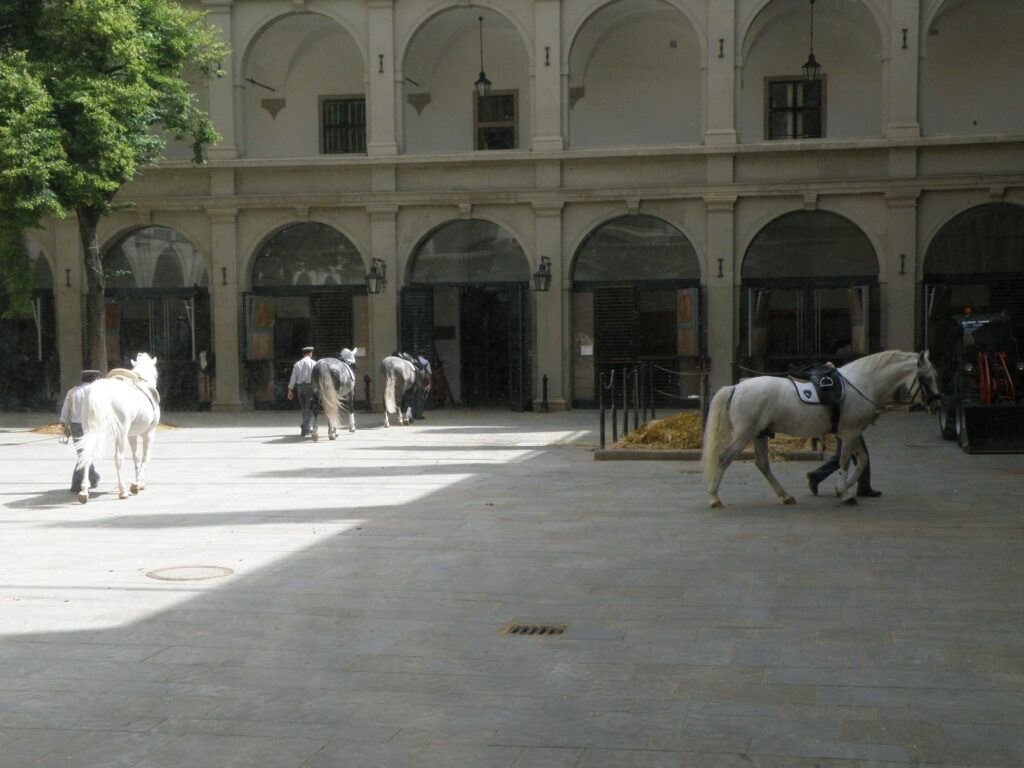
While maintaining its historical traditions, the Spanish Riding School has gradually modernized its training approach to incorporate contemporary advances in equine science and education. In 2008, the institution made a groundbreaking change by opening rider positions to women after 436 years as an exclusively male domain. Today’s training program maintains the rigorous apprenticeship model while incorporating modern understanding of equine biomechanics and welfare considerations. Students begin with foundational horsemanship and progress through a structured curriculum that requires approximately 8-12 years to reach the rank of Rider. This blend of tradition and thoughtful modernization has allowed the school to maintain its artistic standards while addressing contemporary social expectations and scientific understanding, ensuring the institution remains relevant rather than becoming merely a historical curiosity.
Ensuring Financial Sustainability
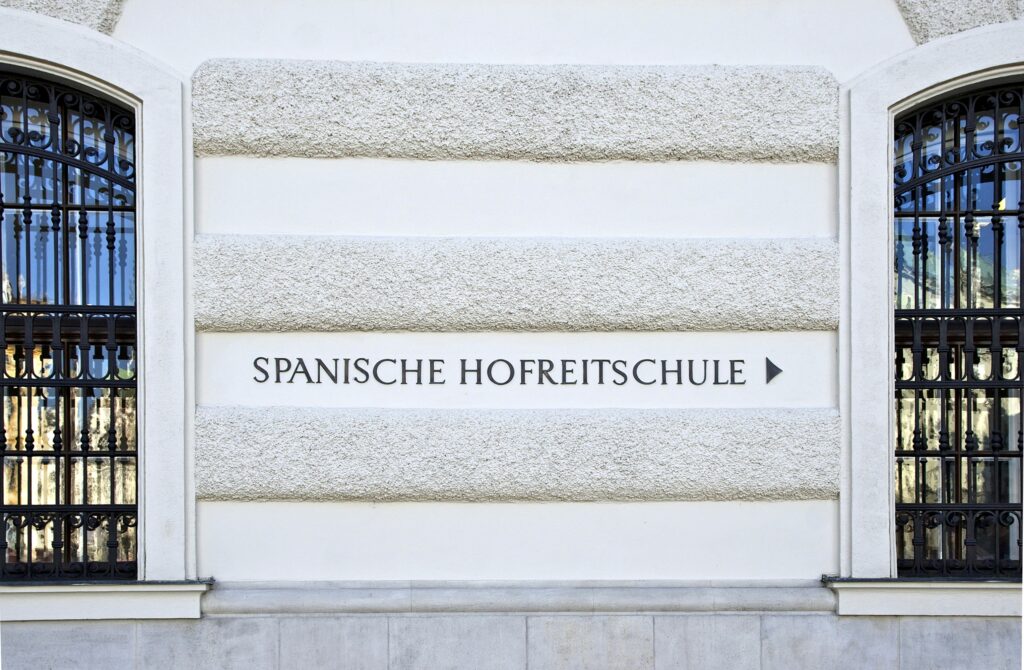
Throughout its long history, financial stability has been an ongoing challenge for the Spanish Riding School, particularly following the end of imperial patronage. Today, the institution operates as a state-owned enterprise that must balance commercial viability with its cultural mission. Revenue comes from performances, tourism, merchandise, and specialized training programs that allow dressage enthusiasts to experience the school’s methods firsthand. In 2001, the school merged administratively with the Piber Federal Stud, creating a more integrated approach to managing both performance and breeding operations. This business model has allowed the Spanish Riding School to maintain its traditions while adapting to modern economic realities, though the high costs of maintaining historical facilities, caring for specialized horses, and providing the extensive training required for both animals and riders remain ongoing challenges. The school’s future depends on successfully navigating these financial realities while preserving the artistic integrity and historical authenticity that make it a unique cultural treasure.
The Spanish Riding School stands as a remarkable example of cultural continuity across centuries of European history. From its Habsburg imperial origins to its current status as a global cultural icon, the institution has maintained an unbroken tradition of classical horsemanship that connects modern audiences with Renaissance ideals of harmony, precision, and artistic expression. Through wars, political revolutions, and changing cultural values, dedicated riders and administrators have preserved not just techniques and movements, but a philosophy that emphasizes patience, respect for the horse’s nature, and the pursuit of elegance through disciplined practice. As it moves into its fifth century, the Spanish Riding School continues to embody the extraordinary achievements possible when human cultural traditions and natural animal abilities come together in a partnership refined through generations of dedicated practice.

